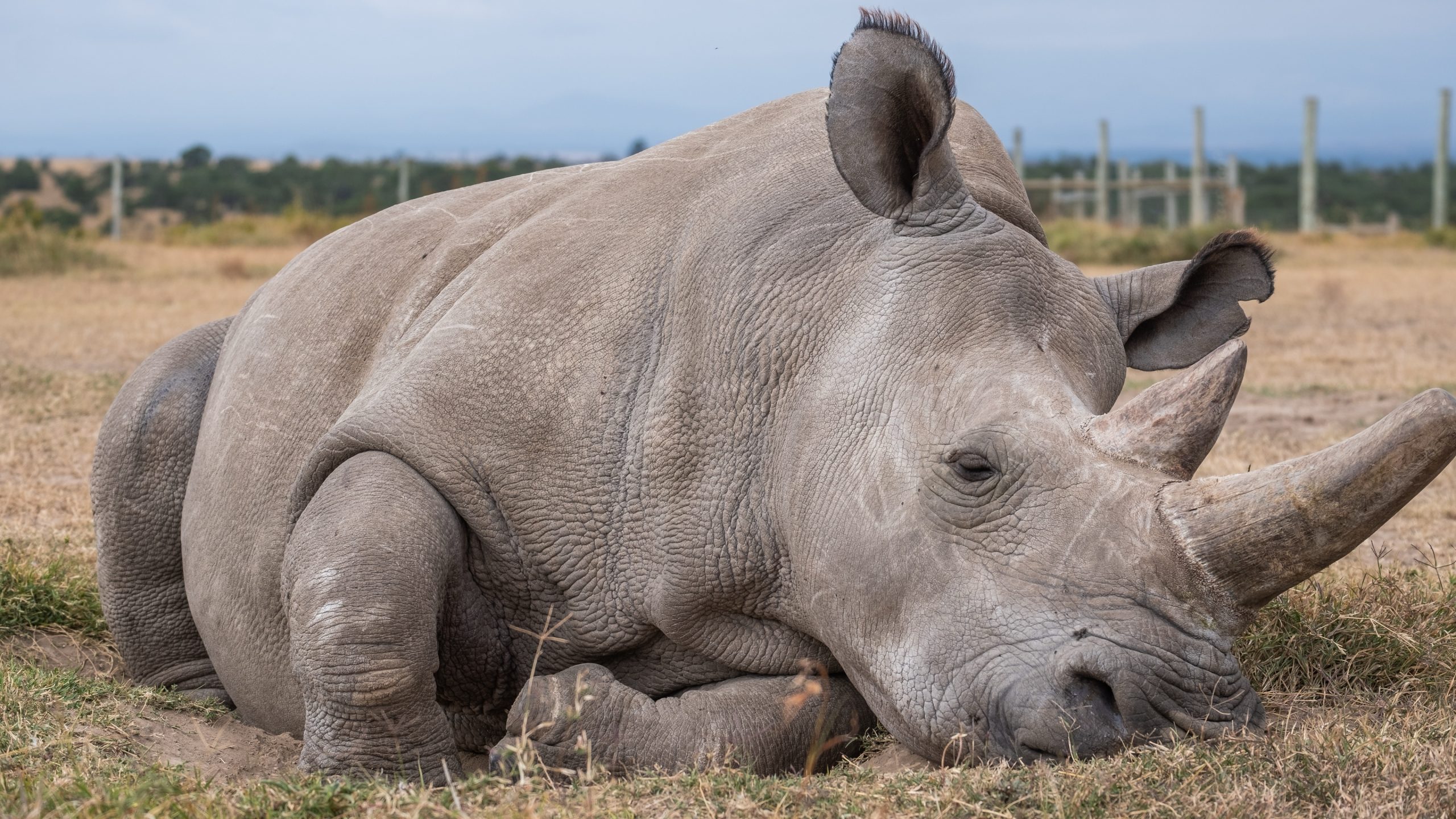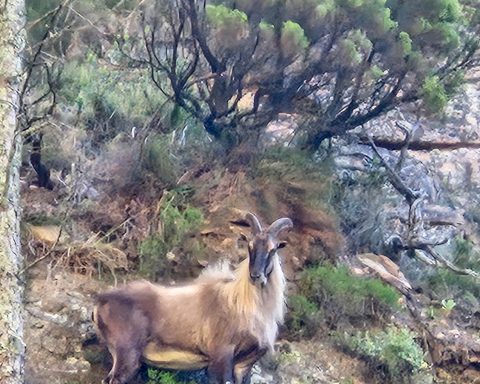South Africans know the pain of losing wildlife to poaching. Yet, hope emerges for the northern white rhino. Only two females, Najin and Fatu, remain in Kenya’s Rift Valley. Since they cannot breed naturally and no males survive post-2018, extinction looms. However, a daring plan using gene editing, IVF, and surrogacy offers a lifeline.
A Bold Rescue for a Species on the Brink
The northern white rhino faces a grim future. For this reason, scientists aim to produce healthy calves within four years. Their goal is clear: rebuild a thriving herd. Consequently, this effort inspires conservationists and South Africans who value our wildlife. It’s a critical race to save them.
How the Science Would Work
First, researchers create embryos from Fatu’s eggs and preserved sperm from deceased males. Since Najin and Fatu cannot carry pregnancies, southern white rhino surrogates step in. South Africa, with over 15,000 southern rhinos, provides a strong surrogate pool. Recently, an IVF trial confirmed a pregnancy, although a bacterial infection halted it. This success proves IVF works in rhinos and raises hope for northern white rhino survival. Therefore, teams now enhance biosecurity and surrogate screening to ensure better outcomes.
Why Gene Editing Matters
Gene editing is vital because it restores genetic diversity. Without it, future herds face inbreeding risks. For example, scientists sequence DNA from century-old trophies and model population health. They plan precise edits to boost immunity and fertility. Thus, gene editing preserves traits of the northern white rhino while strengthening resilience, making it a practical tool to prevent extinction.
Timelines, Partners, and Next Steps
The four-year target is bold but achievable. Funding grows, and labs scale up embryo production. Meanwhile, field teams refine surrogate protocols. South Africa’s veterinary expertise and secure reserves drive this initiative. Most surrogates are local for strengthening the northern white rhino population. Next, teams plan more embryo transfers, stricter infection controls, and ongoing genetic assessments.
The Bottom Line
The rhino can survive. Gene editing, IVF, and surrogacy promise calves soon. As a result, this fight transforms loss into hope. For South Africans, it’s a call to support science and tougher anti-poaching laws. Let’s rally for the future of the northern white rhino. Innovation paves the way.




